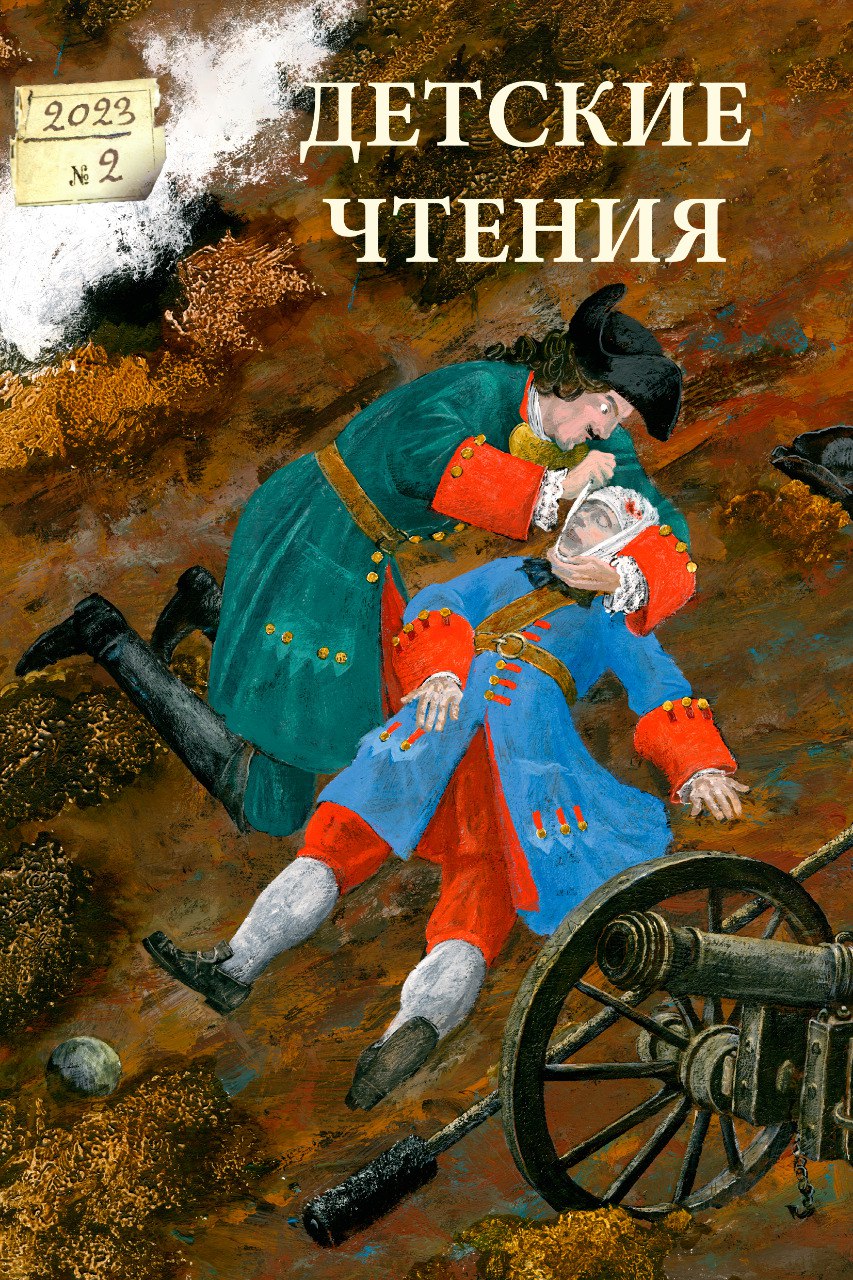FASCINATING IDEOLOGY OR HOW TO TELL SOVIET CHILDREN ABOUT THE WAR: THE V. P. BELYAEV’S STORY “THE OLD FORTRESS” IN THE SECOND HALF OF THE 1930S
DOI:
https://doi.org/10.31860/2304-5817-2023-2-24-267-287Abstract
Vladimir Belyaev’s story about the Civil War “The Old Fortress” is considered against the background of the pre–war era as an instrument of ideological education. The work created a positive image of the Red Army, a negative image of the opponents of Soviet power. The view at the events of the period of the Soviet state’s formation through the prism of preparations for a new war in the 1930s blurred the specifics of the Civil War. The author used the universal techniques of dividing into insiders and outsiders, created an image of the enemy in accordance with the foreign policy situation, propagated militaristic and anti-religious views. The material of the study was the publications of the story and related short stories of 1936–1964 (the books of 1936, 1937 and 1939 were primarily considered) and the report of Vladimir Belyaev’s meeting with readers in 1938. The article aims to analyze the character system, the editing of the text and the historical context. The reasons for the popularity of the work among the reader and its successful publishing story are in combination of a fascinating adventure plot, the normalization of rule violations, imperfect teenage heroes, on the one hand, and a verified ideology, the emphasis of which the author changed depending on changes in the internal and foreign policy of the USSR, on the other.
Keywords: Vladimir Belyaev, children’s literature, reader’s reception, ideological education, the image of the enemy, Civil War, the history of the text







